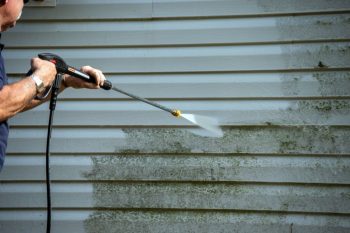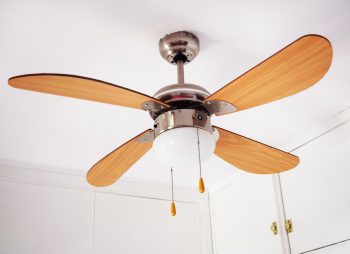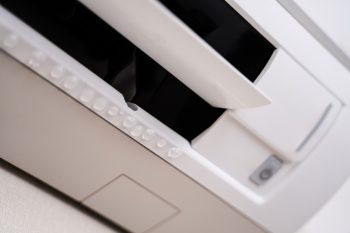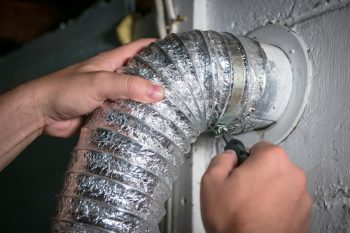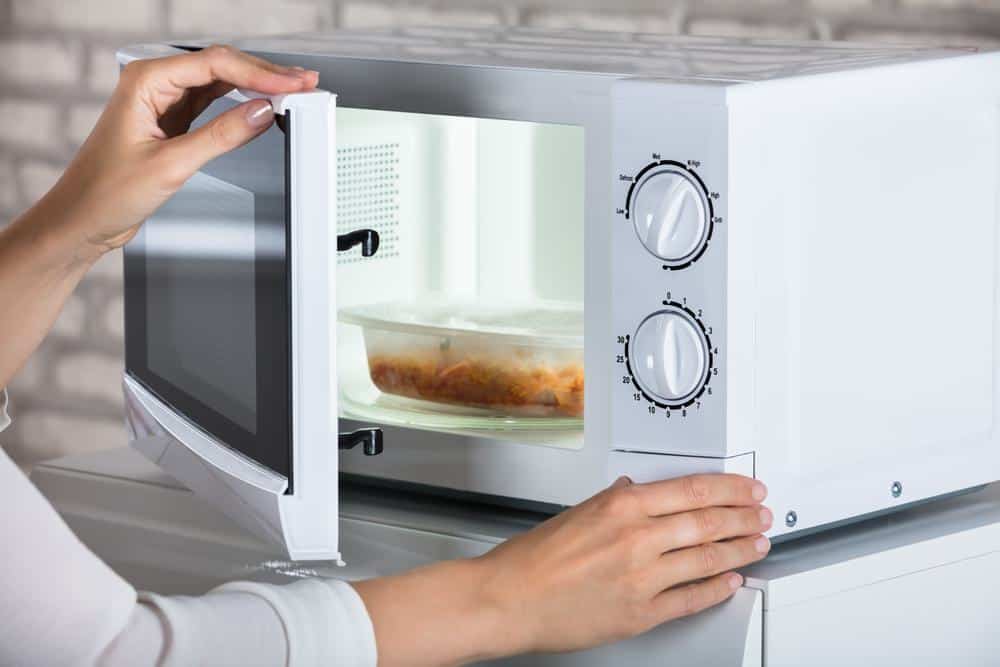
Venting a microwave range hood is an essential task that ensures your kitchen remains free from smoke, grease, and other airborne particles that can be harmful to your health. Whether you’re a DIY enthusiast or a novice, this comprehensive guide will walk you through the process, common mistakes to avoid, and the importance of regular maintenance.
Venting a microwave range hood involves determining your venting method (external or recirculating), preparing the venting area, installing the ductwork, adjusting the microwave fan’s position, mounting the microwave, connecting the vent, and testing the system. Avoid common mistakes like using an improper duct size and neglecting regular maintenance. Always follow safety precautions, maintain regular cleaning, and replace filters as needed.
Determine the Venting Method
Microwave range hoods can either be vented externally or recirculated. External venting pushes air out of the kitchen through ductwork, while recirculating venting filters the air and returns it to the kitchen. Check your microwave’s manual to see which venting options are available for your model.
Prepare the Venting Area
If you opt for external venting, you’ll need to create an opening in the wall or ceiling for the ductwork. Measure and mark the location for the vent hole, then cut the hole using a hole saw or jigsaw.
Install the Ductwork
Once your vent hole is ready, attach the ductwork to it. Ensure it’s properly sealed to prevent air leaks. This may require the use of duct tape or foil tape to secure the connections.
Position the Microwave Fan
Depending on your microwave model, you may need to adjust the fan’s position to match your chosen venting method. Consult your microwave’s manual for specific instructions on how to do this.
Mount the Microwave
Attach the mounting bracket to the wall, ensuring it’s level and securely fastened to the wall studs. Hang the microwave on the bracket, then attach the top of it to the cabinet above using screws.
Connect the Vent
If you’re using external venting, connect the microwave’s vent to the ductwork. You may need to attach a vent adapter to the microwave and secure it to the duct with screws or clamps.
Test the Venting System
Finally, turn on the microwave’s exhaust fan and check for proper airflow. If you’re using external venting, ensure the air is being exhausted outside. If you’re using recirculating venting, ensure the air is being filtered and returned to the kitchen.
Common Mistakes to Avoid
When venting a microwave range hood, it’s crucial to avoid common mistakes that could hinder its performance. These include using an improper duct size, failing to inspect the range hood upon delivery, not venting to the outside, and not maintaining or replacing filters regularly.
Importance of Regular Maintenance
Regular maintenance of your microwave range hood is vital for its efficient operation. Clean the grease filter once a month and replace the charcoal filter every 6 to 12 months if your microwave is vented internally.
Safety Precautions
Safety should always be a priority when installing and maintaining a microwave range hood. Always follow the manufacturer’s instructions, ensure proper electrical connections, maintain adequate clearance, and test the ventilation system after installation.
In conclusion, venting a microwave range hood may seem like a daunting task, but with the right tools and guidance, it can be done successfully. Whether you choose to do it yourself or hire a professional, proper venting is crucial for maintaining a clean and healthy kitchen environment.
For more detailed information, consult your microwave’s manual or contact a professional. Happy cooking!
Frequently Asked Questions
Can I switch from recirculating venting to external venting?
Yes, most microwaves allow you to switch between recirculating and external venting. However, you’ll need to adjust the fan’s position and install ductwork for external venting. Check your microwave’s manual for specific instructions.
What type of ductwork should I use for external venting?
For external venting, it’s best to use rigid metal ductwork. It’s more durable and less likely to leak than flexible ductwork.
What size hole do I need to cut for the vent?
The size of the vent hole depends on the size of the ductwork. Common duct sizes are 3.25″ x 10″ (rectangular) or 6″ (round). Always measure the duct or the microwave’s vent outlet before cutting the hole.
What safety precautions should I take while installing the microwave?
When installing a microwave, make sure to turn off the power at the circuit breaker, use a sturdy platform to hold the microwave while you mount it, and have a helper if needed. Also, use safety goggles when cutting the vent hole to protect your eyes from dust and debris.
How often should I clean the grease filter if I use my microwave daily?
If you use your microwave daily, it’s recommended to clean the grease filter every two weeks. However, if you notice the filter is excessively dirty or the microwave’s performance is reduced, you may need to clean it more frequently.



